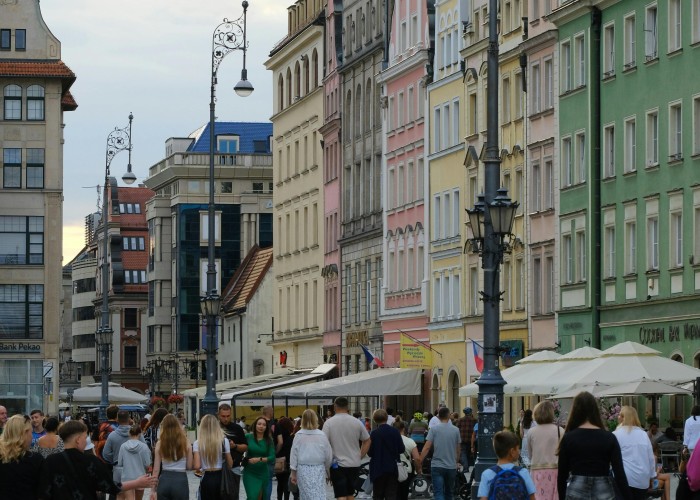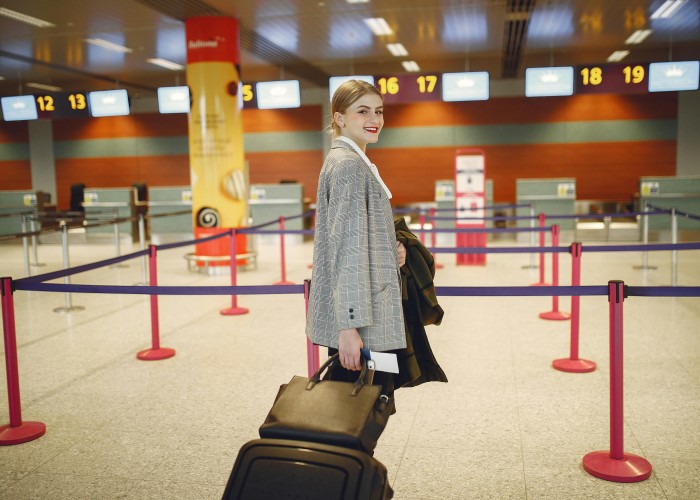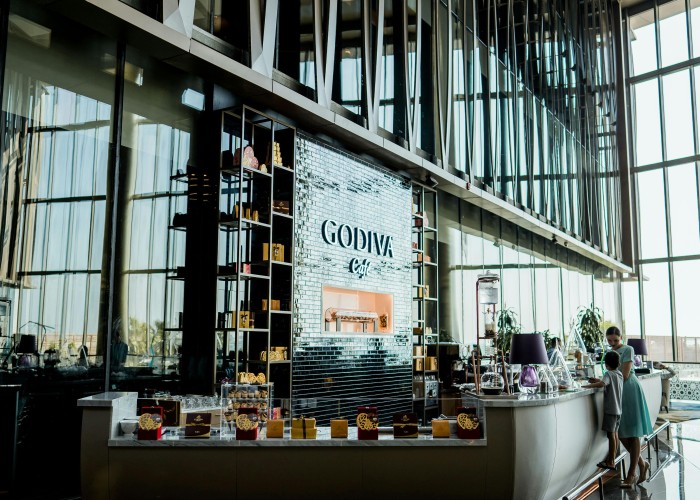Culture and history-focused trails offer a deeper travel experience. Instead of just seeing landscapes, you walk through time—along ancient paths, through historic towns, and across sites where civilizations rose, traded, and transformed the world. These trails blend physical activity with cultural exploration. They’re found on every continent—Europe’s Camino de Santiago, Asia’s Nakasendo Way, Africa’s slave trade routes, the Inca Trail in South America, and indigenous pathways across Australia and North America. Culture & History-Focused Trails, Tour .
What makes these trails special is how they allow travelers to engage with heritage firsthand. You pass medieval ruins, sacred temples, colonial architecture, forgotten villages, and age-old customs—while walking, not rushing.
Whether you’re interested in indigenous heritage, religious pilgrimages, or trade history, there’s a trail for every kind of explorer.
Best Time to Visit
The best time to explore a culture or history-themed trail depends on the region, climate, and trail altitude.
General Guidelines by Region:
- Europe (Camino, Roman roads): April to October for mild weather.
- Asia (Silk Road, Nakasendo): March to May or September to November.
- South America (Inca Trail): May to September (dry season).
- Australia (Songlines, Aboriginal trails): May to August (cooler months).
- Africa (Caravan routes, ancient cities): October to March for manageable heat.
- North America (Native trails, historic pioneer paths): Spring and autumn offer the best temperatures and views.
Avoid extreme weather seasons—monsoons, snow closures, or summer heat waves—as these impact accessibility and safety.
How to Reach (Train / Road / Air)
Most of these trails are well-connected via international airports and regional transport hubs.
By Air:
- Camino de Santiago (Spain): Fly into Madrid or Barcelona, then train to starting points like León or Pamplona.
- Inca Trail (Peru): Arrive in Lima, fly to Cusco.
- Silk Road (Uzbekistan/Kyrgyzstan): Major access via Tashkent or Bishkek.
- Nakasendo Way (Japan): Fly into Tokyo or Nagoya.
- Great North Walk (Australia): Land in Sydney.
- Underground Railroad Trails (USA): Begin from cities like Cincinnati, Philadelphia, or Detroit.
By Train/Road:
Most trailheads are accessible by train or bus, with tour centers often located nearby. Local taxis or buses take you to the start of hiking routes. Train passes can be helpful in Europe and Japan. In remote areas, hiring a licensed guide or vehicle may be needed. Culture & History-Focused Trails, Tour .
Entry Fees and Permits
Trail access and fees vary depending on region and local management. Here are approximate guidelines:
- Europe: Generally free access. Some historic monuments on route may charge €5–€15.
- Peru (Inca Trail): Requires permits. Fees range from $75–$150 USD, often booked months in advance.
- Japan (Nakasendo): Free to walk, but museum or inn visits may carry small fees.
- Africa: Some trails pass through parks or UNESCO zones with entry fees of $10–$30 USD.
- Australia: Aboriginal-led trails may need permits (approx. AUD 20–60), especially if crossing sacred land.
- USA & Canada: Most public trails are free; some heritage parks require $5–$20 per entry.
All prices are subject to change based on conservation policies, guide fees, or seasonal demand.
Food Availability and Meal Options
On-Trail Dining Options:
- Camino, Nakasendo, and European routes: Cafés, inns, or bakeries in villages along the way.
- Inca Trail: Meals often provided by tour operators. Carry snacks.
- Asian and African trails: Local food stands or guesthouses. Regional dishes and seasonal produce are typical.
- USA, Canada, Australia: Pack your own meals or use campsite cooking facilities. Town stops have restaurants and diners.
Pro Tips:
- Carry light snacks: dried fruit, trail mix, granola bars.
- Refill water bottles at marked stations or carry a purifier.
- Vegetarian and gluten-free meals can be limited in remote areas—pack accordingly.
Packing List and Essentials
What you pack can make or break your trek. Here’s a standard list:
Clothing:
- Breathable shirts, quick-dry pants, fleece layer.
- Waterproof jacket and hat for sun/rain.
- Lightweight hiking boots with good grip.
Daypack Gear:
- Reusable water bottle (1–2 liters minimum).
- First-aid kit, sunscreen, insect repellent.
- Portable phone charger.
- Map or GPS app with offline access.
- Trail guidebook or historical notes (printed or downloaded).
- Notebook for journaling cultural insights. Culture & History-Focused Trails, Tour .
Optional But Useful:
- Trekking poles for uneven paths.
- Lightweight scarf for temple entry or sun protection.
- Travel towel and basic toiletries.
Safety Tips and Local Regulations
- Respect preservation rules. Don’t touch ruins or remove anything from heritage sites.
- Check trail closures. Maintenance or political events may restrict access temporarily.
- Follow signage. Historical trails may pass through sensitive land or private property.
- Weather watch. Sudden weather changes can occur, especially at high altitude.
- Travel insurance. Strongly recommended for medical, cancellation, and gear loss.
Emergency contact info and embassy numbers should be saved on your phone and written down on paper.
Tips for Beginners or First-Time Visitors
- Choose a shorter segment or one-day trail if it’s your first time.
- Join a guided group for your first cultural trek—it adds safety and context.
- Don’t rush. Take time to read plaques, visit museums, and talk with locals.
- Train with light walks or hikes at home if you’re not used to long-distance walking.
- Download language apps for basic greetings and navigation terms.
Local Customs or Cultural Etiquette
- Dress modestly when visiting religious sites.
- Remove shoes before entering temples or shrines in many cultures.
- Ask permission before taking photos of locals or traditional ceremonies.
- Greet locals with respect—a simple “hello” or local equivalent goes far.
- Quiet reflection is encouraged at memorials, cemeteries, or sacred spaces.
In many regions, cultural etiquette is not just tradition—it’s law or community practice. Always observe posted guidelines.
FAQs (High-Search Volume)
How long are these culture-focused trails?
They vary widely. Some routes are day hikes (10–15 km) while others span hundreds of kilometers (Camino de Santiago is over 800 km). Segment-based travel is common.
Are these trails physically difficult?
Most offer segments for all fitness levels. The challenge lies more in daily distance or heat than steep climbs, depending on the region.
What altitudes do they reach?
- Inca Trail: up to 4,200 m
- Nakasendo: below 1,000 m
- Camino de Santiago: around 800–1,400 m
- African and Middle Eastern trails may vary depending on terrain
Are restrooms available?
In urban or village areas, yes. In remote segments, carry tissue and follow “leave no trace” rules. Culture & History-Focused Trails, Tour .
Is local guidance available?
Yes. Local guides often provide richer cultural context, especially where language or customs are unfamiliar.
Can children join?
Yes, for shorter and less remote trails. Avoid extreme climates or long distances with very young kids.
Are cultural trails safe for solo travelers?
Generally yes, especially in Europe and Japan. Exercise usual travel caution, and always inform someone of your route.
Do I need to book in advance?
Only for guided tours or trails with limited permits (like Inca Trail). Self-guided routes in public areas don’t need bookings.
Final Thoughts
Culture and history-focused trails offer more than just exercise—they offer immersion. Walking where pilgrims once journeyed, where trade caravans crossed deserts, or where stories are carved in stone connects you to something far older than maps. Whether you’re traveling to reflect, to learn, or to explore, these trails slow down time and bring new meaning to movement. Culture & History-Focused Trails, Tour .






Leave a Reply